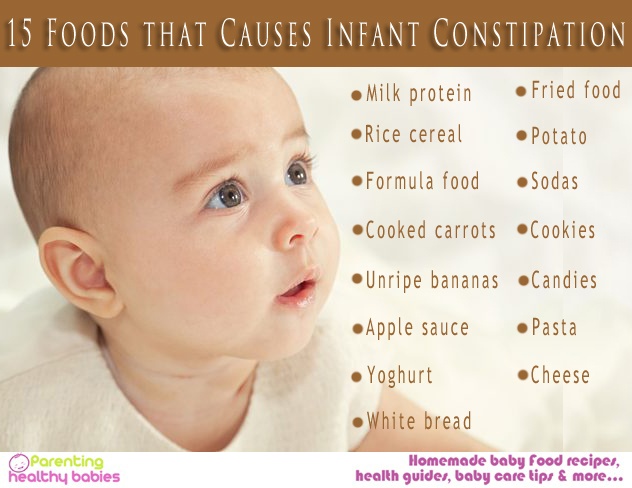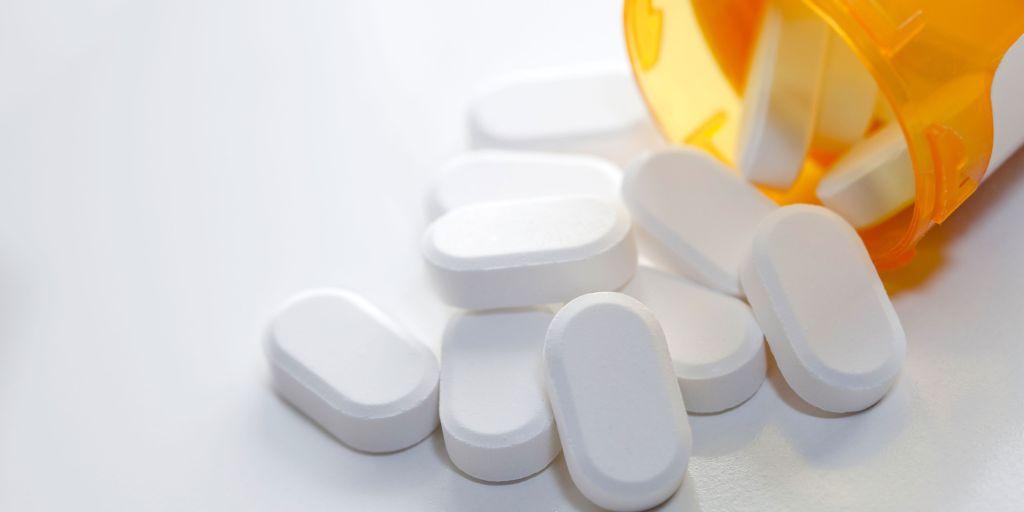Most kids start to lose their milk teeth by the age of 5 or 7. Usually, when a permanent tooth begins to erupt directly under a milk tooth, it absorbs its tooth root while erupting, causing the tooth to become loose and fall out from its cavity, making space for the new tooth to come up. However, if you see adult teeth coming in behind milk or baby teeth, there is no need for concern or to be panic.This is actually a very common occurrence in kids and it may require little or no treatment at all. And also it is rarely indicative of ongoing dental problems.
Permanent Tooth Growing in Behind Baby Tooth: Things you Need to Know
What’s shark teeth?
At times, a permanent tooth will not grow directly under a baby tooth. This cause the root to remain intact and the baby tooth will not be pushed out. If it happens, the permanent tooth may erupt behind the baby tooth and will give your kid’s mouth a shark like appearance. Shark tooth is a term given to describe this situation, which gives your child two rows of teeth, just like a shark. Shark teeth can occur on both the mandibular and the maxillary crown.
Difference between baby teeth and permanent teeth
There are three ways to know if your child’s tooth is a baby tooth or a permanent one.
- Baby tooth is often whiter than permanent tooth. Permanent teeth tend to be slightly yellow.
- Baby teeth are smoother on surfaces than the permanent teeth. Permanent teeth have a rough edge to break out through the surface of the gums.
- Children have 20 baby teeth compared and 32 permanent teeth (including wisdom tooth). As your child’s jaw grows, their permanent molars will come in behind their primary teeth and fill those gaps behind.
When to see a dentist?
This situation can happen at any time in your child’s development. However, there is a certain timeframe in which we see an increase in this condition. This can be first seen around age 6 when the first permanent incisors start to erupt. The second time may be around age 11 when the upper and back molars begin to erupt.
Usually, there is no need for treatment for this condition, especially if the baby tooth is shaking and about to fall. If your kid can manage to get the tooth out, allow her to do that. But, if the tooth is still firm, it may be best to have it extracted by a dentist. Once the baby tooth is out of the way, the permanent tooth should move forward and grow upward naturally.
A dentist can remove the baby tooth to make room for the permanent tooth. An x-ray may be taken to check the baby tooth’s roots if its dissolving or intact. If there is not enough space for the permanent teeth to erupt in, the dentist may trim or pull out some of the neighboring baby teeth to create that room. The permanent teeth should shift into their proper position within a few weeks or months.
Should I pull out my child’s loose baby tooth?
If your child’s permanent teeth are coming in before the baby teeth have fallen out, so even if the baby tooth is loose and shaking a bit, you should not yank the child’s tooth yourself. Yanking out your child’s loose baby tooth can damage its tooth’s roots which can eventually make it more difficult for the permanent tooth to properly move into their final positions.
If the permanent teeth do not move into their correct positions even after months, then your child may have to see an orthodontist to correct their tooth alignment through aligners.
Orthodontic consultation
If your child is around age 10-11 and experiencing extreme shark tooth like appearance, it may be easy to study and diagnose any overcrowding issues in the arch. Your dentist might make a recommendation for you to visit the orthodontist for a clear consultation and procedures to fix that up.













